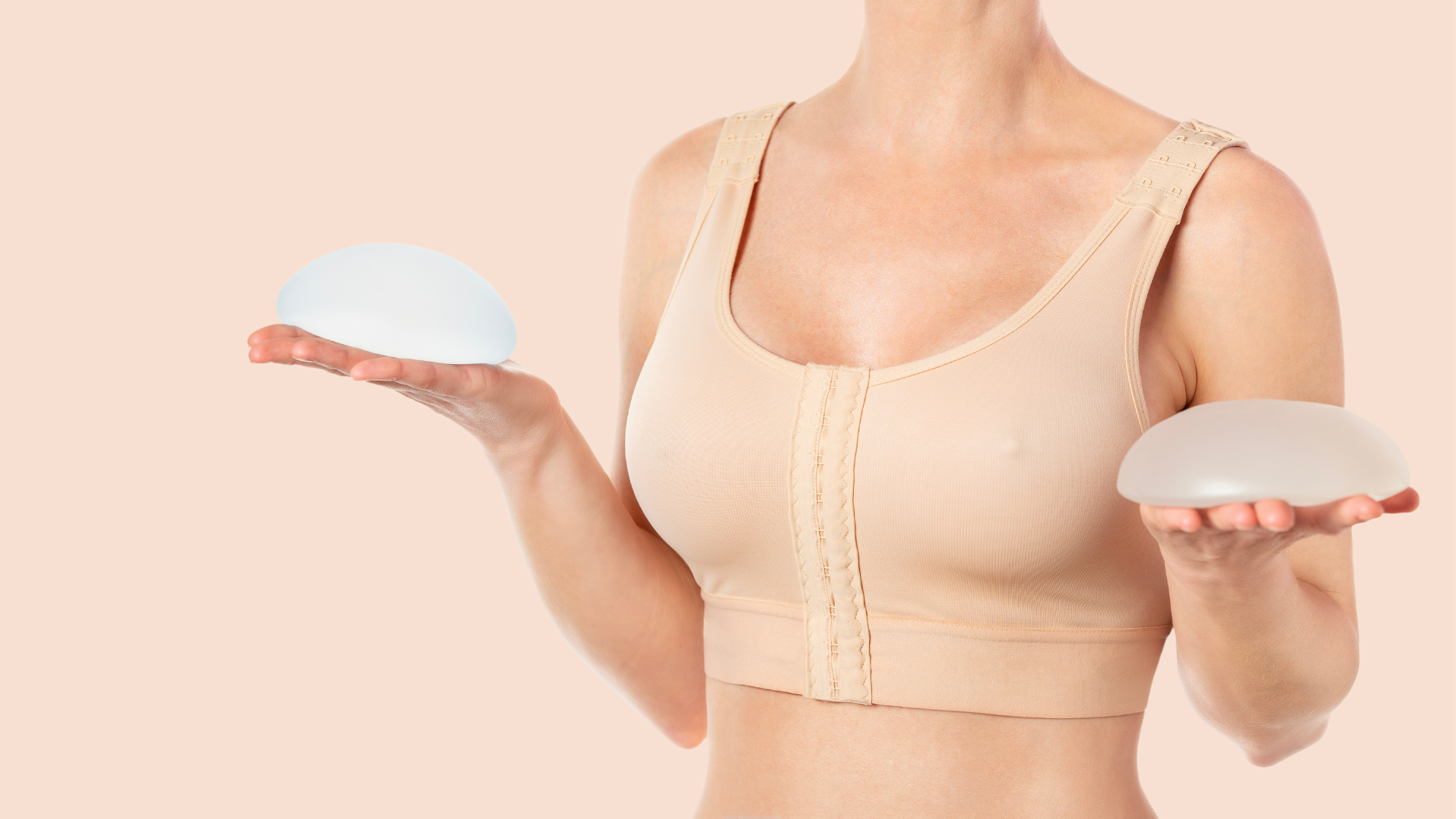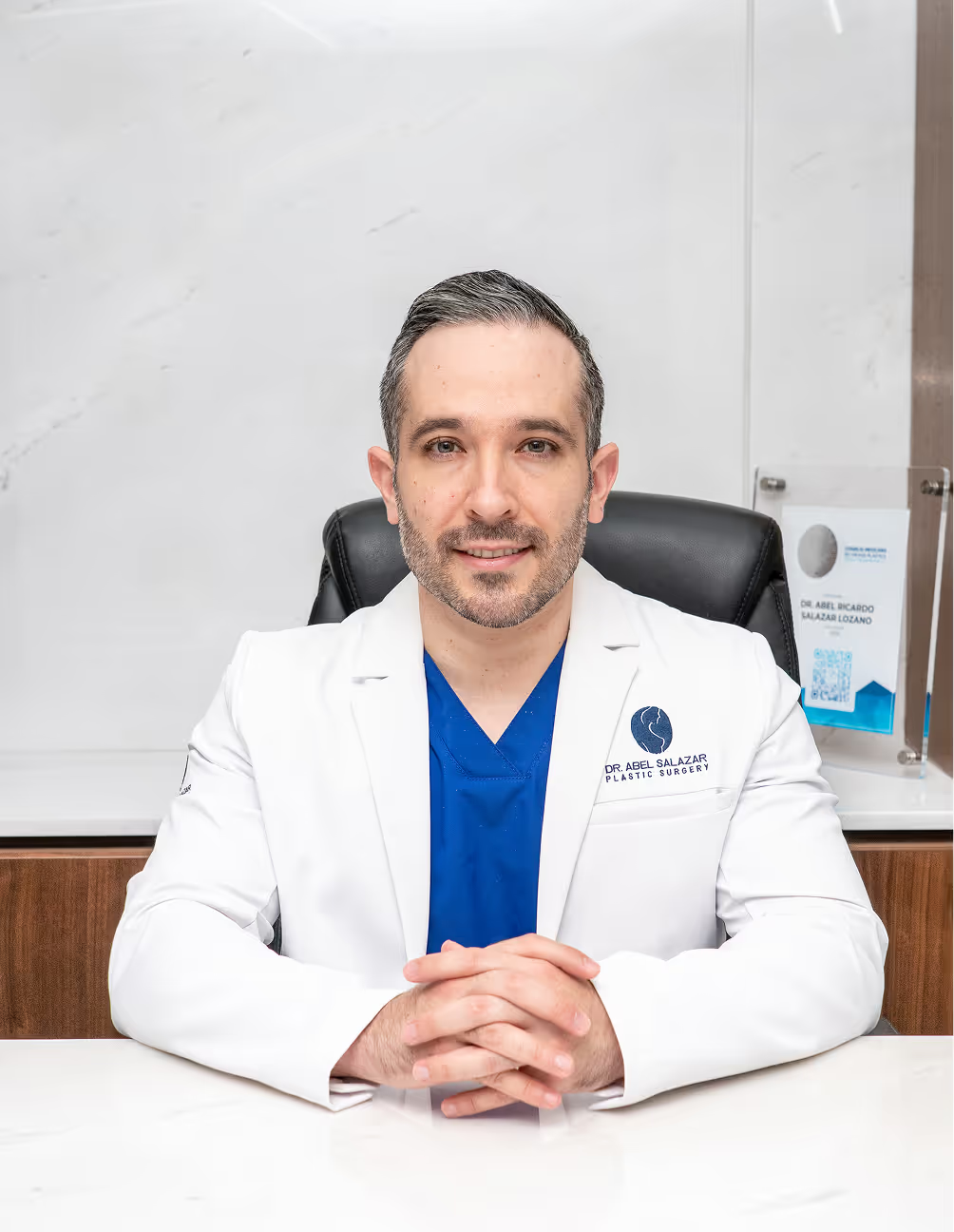

Breast Augmentation with Fat vs. Implants: Complete Guide, Pros and Cons

Date
September 29, 2025
Breast augmentation can be done using implants or fat transfer, and each method has its own benefits and drawbacks. Implants provide a predictable increase in breast size and shape, while fat transfer offers a more natural appearance by using the patient's own tissue. The choice depends on body type, goals, and the advice of a qualified plastic surgeon.
Fat transfer involves removing fat from a part of the body and injecting it into the breasts, which can improve the shape of the breasts and soften the edges of the implants if used together.
Implants, on the other hand, involve placing silicone or salt devices under breast tissue or muscle to achieve volume and projection. Both require careful planning and have risks that patients need to understand before deciding.
Key points
- Implants offer a bulking more predictable and defined.
- Fat transfer provides a more natural look and feel.
- The right choice depends on body type and individual goals.
Comparing Fat Transfer and Breast Implants
Breast augmentation with fat transfer and implants are two different methods that seek to improve breast volume and shape. Each technique offers advantages and limitations in terms of appearance, possible increase in size and duration of results.
Aesthetic results and feel
Fat transfer offers a more natural look and a soft feel, since it uses the body's own tissue. This minimizes the foreign body sensation that is sometimes noticed with implants.
Implants, especially silicone implants and gummy bears, can create a more visible and defined result. The touch may be firm depending on the type and size of the implant. Saline implants tend to feel less natural than silicone implants.
Lipomodeling can also improve shape by correcting irregularities and giving volume to specific areas, but it doesn't always guarantee a contour as marked as implants.
Possible size increase
Maximum gain with fat transfer is limited by the amount of fat available to remove and by the capacity of the breast tissue to receive it.
Generally, fat transfer allows for moderate gain, ideal for those looking for subtle changes.
Implants allow for a more significant and predictable increase in size, from small to large volumes. This is especially true with cohesive gel or saline implants, which are available in many sizes.
Patients with low fat tissue may not be ideal candidates for fat transfer.
Durability and longevity of results
Fat transfer may lose some volume due to the natural resorption of the transplanted tissue, which usually ranges from 20% to 40%.
To maintain the result, in some cases additional sessions are required.
Implants generally provide long-lasting results without significant volume loss, although they may need replacement or revision after several years due to aging, rupture, or capsular contracture.
Modern implants, such as gummy bears, have greater strength and a lower risk of deformation.
Both techniques involve specific post-operative care to ensure the longevity of the results.
Fat Transfer: Procedure, Benefits and Limitations
Fat transfer uses the body's own tissue to increase breast volume. This method combines liposuction to obtain fat from areas with excess, with the grafting technique to improve the shape and natural contour of the breast. However, there are limits to the volume that can be transferred and may require retouching.
Liposuction and fat collection process
The process begins with the removal of fat through liposuction from donor areas such as the abdomen, thighs or flanks. To minimize discomfort, local or general anesthesia is used and a solution with anesthetic and adrenaline is injected to reduce bleeding.
The aspirated fat is then washed and filtered to remove traces of blood and fluids. This ensures that only viable fat cells are used in the graft, which improves their survival when transplanted into the breast.
Autologous fat purification and grafting
The fat obtained is centrifuged or decanted to concentrate the cells and eliminate impurities. This phase is key to reducing the risk of dead fat or necrosis, which can cause nodules or irregularities.
The purified fat is then carefully injected into the breast tissue using multiple micro punctures. This technique improves the integration of the graft with natural tissue and allows volume and shape to be modified precisely.
Benefits of body remodeling
Fat transfer not only increases breast volume, but it also improves body contour. By extracting fat from localized areas, the patient obtains a double benefit: a more natural chest and a more harmonious silhouette.
The use of autologous tissue reduces risks of rejection or adverse reactions, common in implants. In addition, the touch and final appearance are usually more natural, since the fat integrates with existing breast tissue.
Volume limitations and retouching
A major limitation is the amount of fat that can be transferred in one session. Generally, no more than 300 to 500 cc can be injected due to the capacity of the recipient tissue and possible subsequent resorption.
In addition, some of the injected fat can be reabsorbed by the body, which may require additional sessions to achieve the desired volume. In cases of necrosis, nodules may form that require medical follow-up or correction.
For very thin patients, the technique may not be feasible due to the lack of sufficient donor areas.
Breast Implants: Procedure, Options and Risks
Surgery to place breast implants requires specific decisions about the type of implant, surgical technique and location. In addition, there are common risks that should be considered before opting for this aesthetic or reconstructive option.
Incision options and implant location
The incisions can be:
- Inframamaria: Under the breast fold. It is the most common because of its easy access and hidden scars.
- Periareolar: Around the areola. It hides the scar well but can affect sensitivity.
- Transaxillary: In the armpit. It does not leave a scar on the chest, although the technique is more complex.
Regarding the location of the implant, there are two main ones:
Location
Description
Advantages
Disadvantages
Subglandular
Between the mammary gland and the pectoral muscle
Fast recovery, visible aesthetics
Higher risk of capsular contracture
Submuscular
Under the pectoralis major muscle
Better implant coverage, lower risk of scar tissue formation
Major post-operative pain
The choice varies depending on the anatomy, the type of implant and the surgeon's preference.
Frequently Asked Questions
What are the cost differences between fat transfer and implants?
Fat transfer usually costs more than implants due to the more laborious technique and extended surgical time. It may also require additional sessions to achieve the desired volume. Implants have a lower initial cost, but may need additional surgery in the future for replacement or correction of problems.
What does breast fat transfer look like after 5 years?
The appearance is usually kept natural and may change depending on the patient's body weight. Some of the fat can be absorbed, which can decrease volume over time.
What can patients expect in terms of results before and after a breast fat transfer?
Patients can expect a moderate improvement in breast size with a very natural appearance. The volume may be smaller than the initial volume due to fat resorption. Recovery is usually faster in terms of pain and risk of rejection, but the final results are assessed after several months.
What are the advantages of lifting the breast with fat transfer versus using implants?
Fat transfer does not involve the placement of a foreign body, reducing risks of complications such as infections or contracture. It improves the shape and firmness of the breast with a more natural result and without visible scars associated with the insertion of implants.

